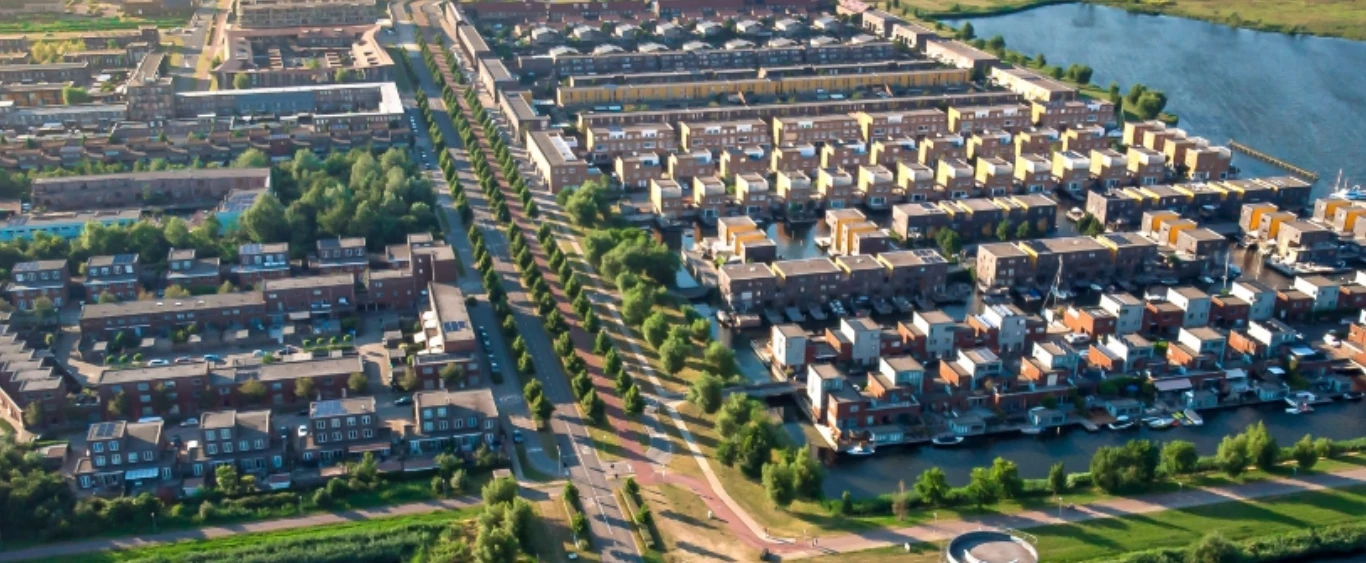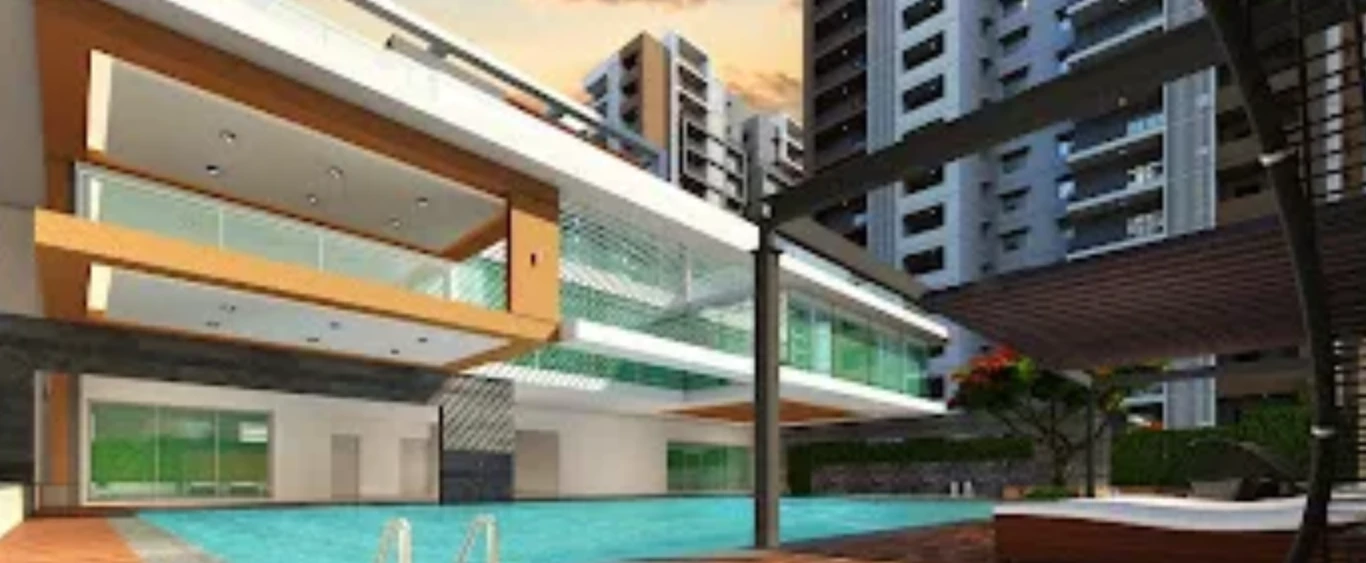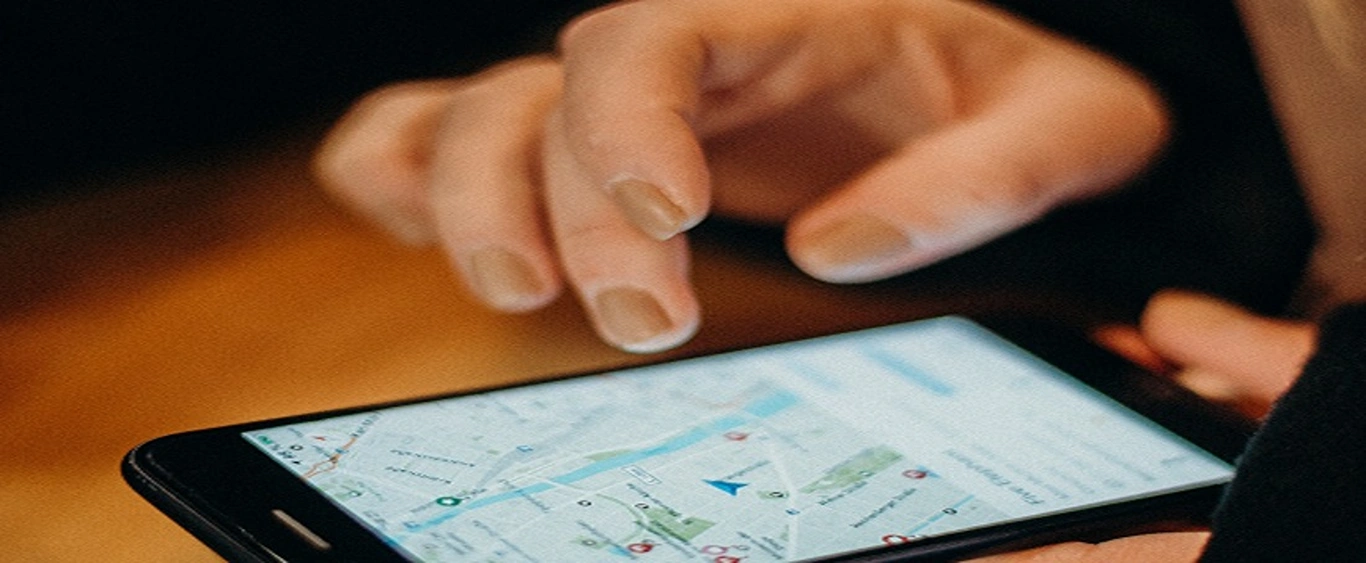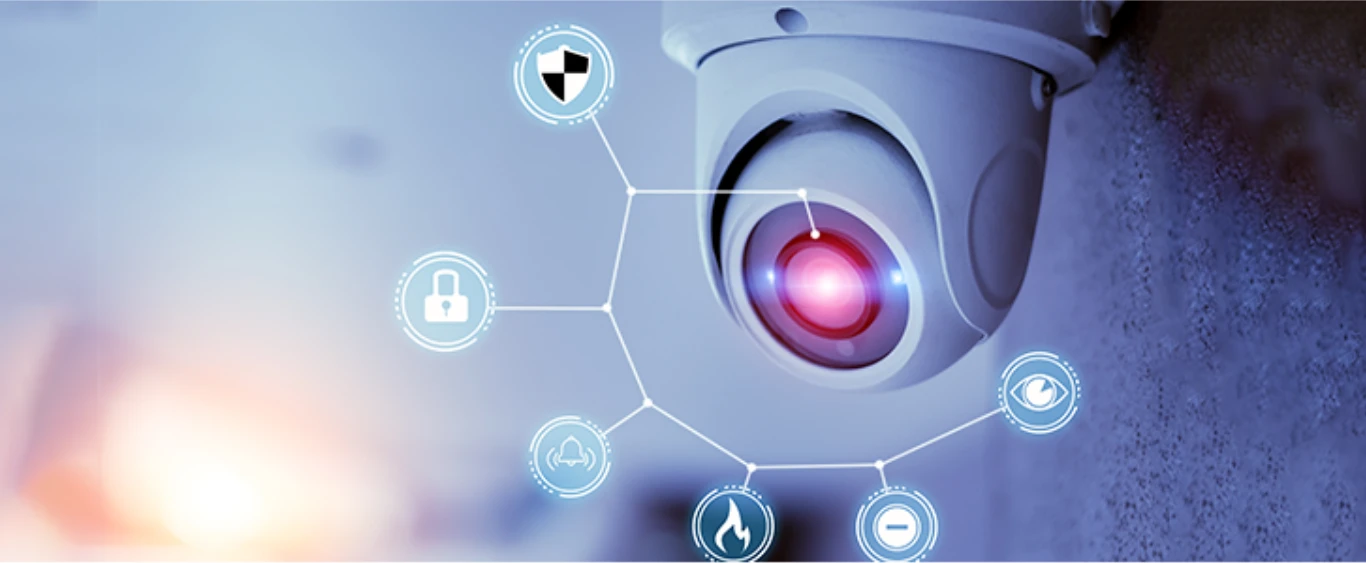We all know to lock our doors, shut our windows, and look through the peephole before opening the front door, but what else can we do to make our homes safer? Here are 8 tips for enhanced home security:
1. EXAMINE YOUR FRONT DOOR FOR POTENTIAL WEAKNESSES
As your home’s main entrance and exit, your front door is really important. You should have a solid hardwood or steel front door, not a lightweight hollow core door. To prevent intruders from kicking your door open, you can buy a heavy-duty four-screw deadbolt strike plate (the piece of metal where the deadbolt latch goes into the door’s frame) at a hardware store. The screws should be three inches long to make sure the plate is strongly attached to the door frame.
2. USE TIMERS AND TVS TO FOOL BURGLARS INTO THINKING YOUR HOME IS OCCUPIED
By setting timers to turn on a TV, radio, and lights, you can fool intruders into thinking your home is occupied when it’s really not. You can get a fake TV that simulates the colors and lights of a flickering TV in order to help deter burglars and add to your home security.
3. BE MINDFUL OF WINDOWS AND SLIDING GLASS DOORS
Because intruders can easily lift some older horizontal sliding windows and sliding glass doors off of their tracks, sliding windows and doors need extra protection. If you put a dowel or shower curtain rod in the track, intruders won’t be able to slide the window or door open even if they get past the lock and the home protect. Also, if you install a window sensor alarm, you can get text or email notifications when a window in your home has been opened; you can respond by turning on the lights remotely or accessing a video feed of the location.
4.USE WARNING SIGNS
Because burglars are looking for the easiest target, they don’t want to risk being mauled by a Doberman. Even if you don’t have a dog, consider putting a “beware of dog” sign in your yard or on your fence. You can even go the extra mile by putting a dog bowl by your side door or installing fake security cameras near your back doors to scare off potential burglars and add to your home security system.
5. LET THERE BE LIGHT
The outside of your home should be well lit to discourage burglars from targeting your home. Put motion-sensing lights by your entrances and doorways, turn some lights on and off remotely via your phone, or set your exterior lights on a timer. For the inside of your home, you should put light timers near your windows—but close your curtains so intruders can’t see them.
6. BE VIGILANT ABOUT VACATIONS
Vacation is a time to relax, take a break from everyday stresses, and not worry whether your home is safe while you’re away. Intruders look for small signs that someone is away on vacation, such as flyers and ads piled up by your front gate or porch.
And as much as you can, resist the urge to announce and post your vacation photos on Facebook and Instagram. Since most people’s addresses are easy to find online, you don’t want to tempt a potential burglar with the promise of an empty home. You can always wait until after the vacation is over to post your photos.
7.PUT YOUR PHONE DOWN AND LOOK AROUND
Awareness and mindfulness of your surroundings are key for keeping yourself and your home safe. The biggest threat to anyone is complacency. To be safe, or at least safer than the next person, you need to be constantly aware of changes in your neighborhood. Be attentive to new people walking or driving through the area. If you notice that someone is loitering by your building’s entrance or seems to be following you, take notice. If you’re aware of your surroundings, you can more easily spot something that’s awry, like a broken window or a suspicious car.
8. BEFORE RENTING, ASK YOUR LANDLORD TO MAKE MINOR SECURITY IMPROVEMENTS
Before you move in, take a close look at your new apartment’s entrances, lighting, locks, and fire escapes. Renters should make sure window locks work and get their existing locks re-keyed. When you think of all the former tenants and handymen who might still have a key to your apartment, you might start to worry that any random person could walk right into your apartment. Ask your landlord to put a new deadbolt lock on your front door as well as a chain lock, if your front door doesn’t already have one. And storing your valuable items in a safe won’t help you if a burglar can simply carry it away, so ask your landlord if you can bolt a safe to the floor in a closet.
Recommended blogs







